- Call us: 01444 237070
- Contact Us
- Stores
- Sign In / Register
-
- Back
- Used Cameras
- Used Accessories
- Used Lenses
- Used Video
- Used Film Equipment
- Used Stock Alert
- Used Blank Test
- Sell or Part Exchange
- Used Clearance
- Recently Added Used Equipment
- Park Picks
- All Used Black Friday Deals
- Faulty
- Trade-In
- Blog
- New in
- Call us
- Contact us
- Stores
- Sign in
- Categories
- Tips & Inspiration
- Reviews
- News
- Events
- Features
- Buying Guides
- Competitions
Canon R6 Mark II Review
In addition to our initial comparison between the Canon R6 vs R6 mark II we wanted to explore just how capable the updated Canon mirrorless camera is for long lens telephoto photography.
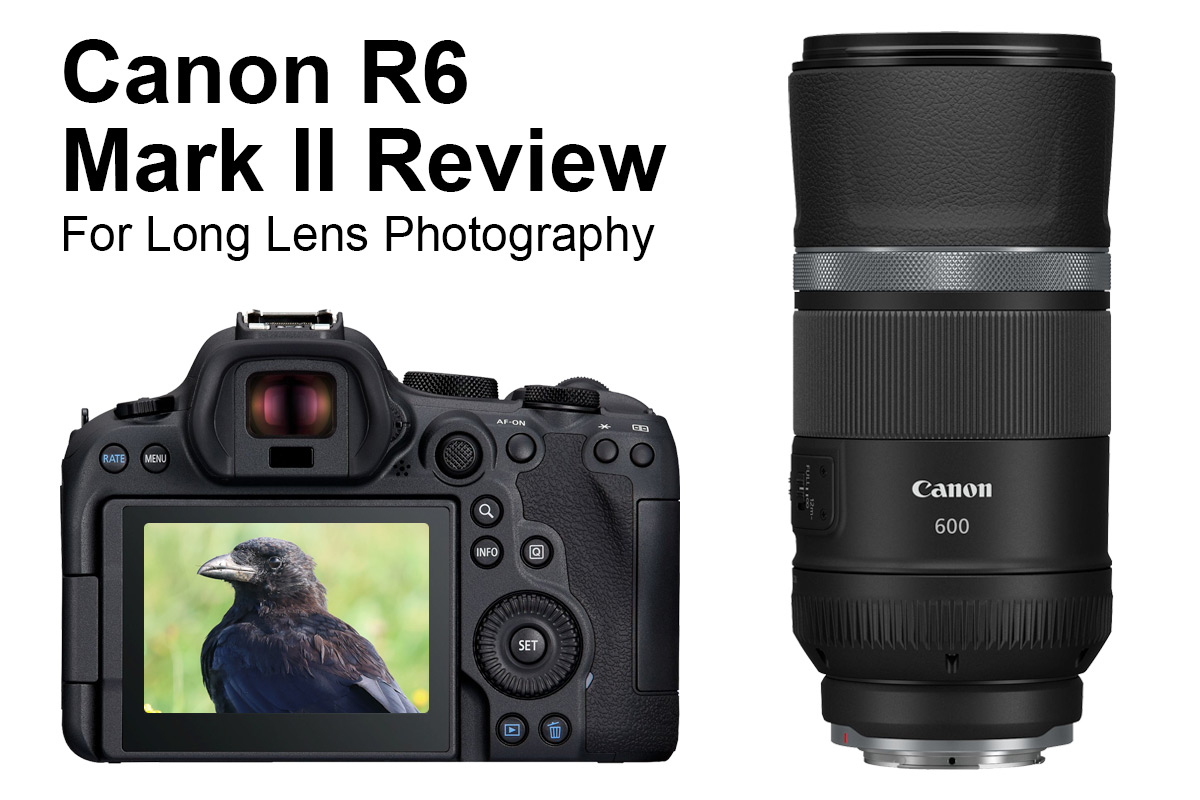
Having agreed to loan us the Canon RF 600mm F11 IS STM we were super excited to find out if this might be the best budget-friendly mirrorless combination for super telephoto photography from Canon right now.
With this in mind for our Canon R6 Mark II Review we headed out to find local wildlife, as well as flowers and landscapes, in order to capture as many different types of sample images as possible. Hopefully between this and the Canon RF 600mm F11 IS STM Review you’ll have everything you need to know whether you are upgrading, or simply want to explore new types of telephoto photography.
All of the sample images are camera JPEGs, some with minor edits, and there’s a handful of 100% sample crops so that you can see the level of detail, which the body and lens pair reproduce.
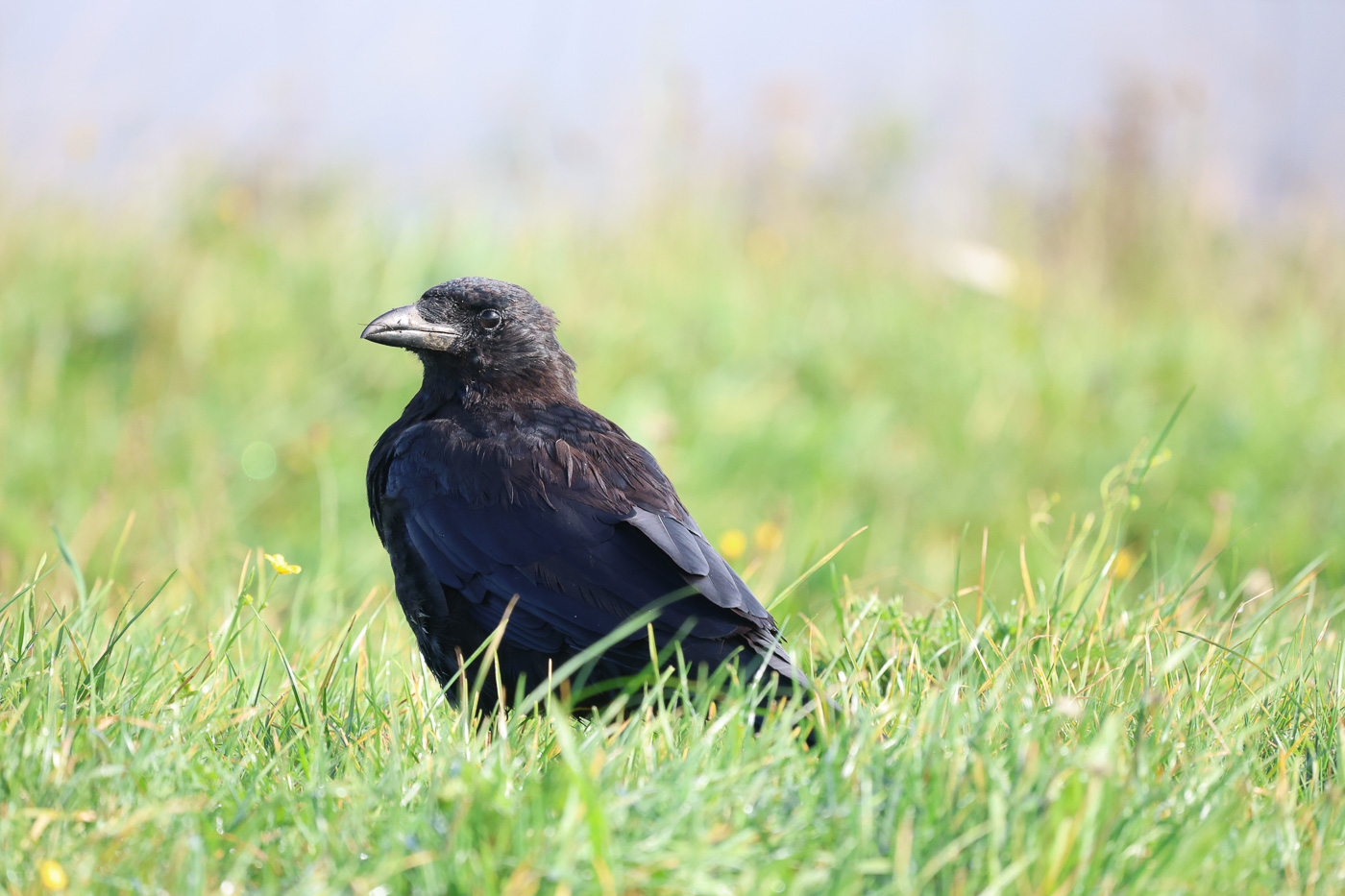
Canon EOS R6 II and RF 600mm F11 Lens. Camera settings: 1/640 sec. f/11 ISO 2500
Canon EOS R6 Mark II Photography features
The EOS R6 Mark II is designed for speed, combining 24.2 megapixel full-frame stills at up to 40fps with exceptional video performance. For this review we concentrated on photography and the following camera specs are included to help you decide whether it’s a viable choice for your type of stills shooting.
- 40fps in electronic shutter mode and 12fps in mechanical with full AE/AF
- 0.5 second pre-buffer burst (pre-shooting)
- AI-based, deep-learning Dual Pixel CMOS AF II with 100% coverage
- Subject recognition for People, Cats, Dogs, Horses, Birds, Cars, Motorbikes, Trains, Aircraft
- Customisable tracking settings
- Autofocus down to -6.5 EV
- Native ISO 100–51200
- Up to 8-stops image stabilisation with compatible RF lenses
- Customisable Auto ISO and minimum shutter speed in Auto (varies by lens type)
- Moving subject HDR
- Customisable multiple exposures / focus bracketing / RAW burst mode and more
- Exposure + DOF preview
- USB remote control with Canon Camera Connect app
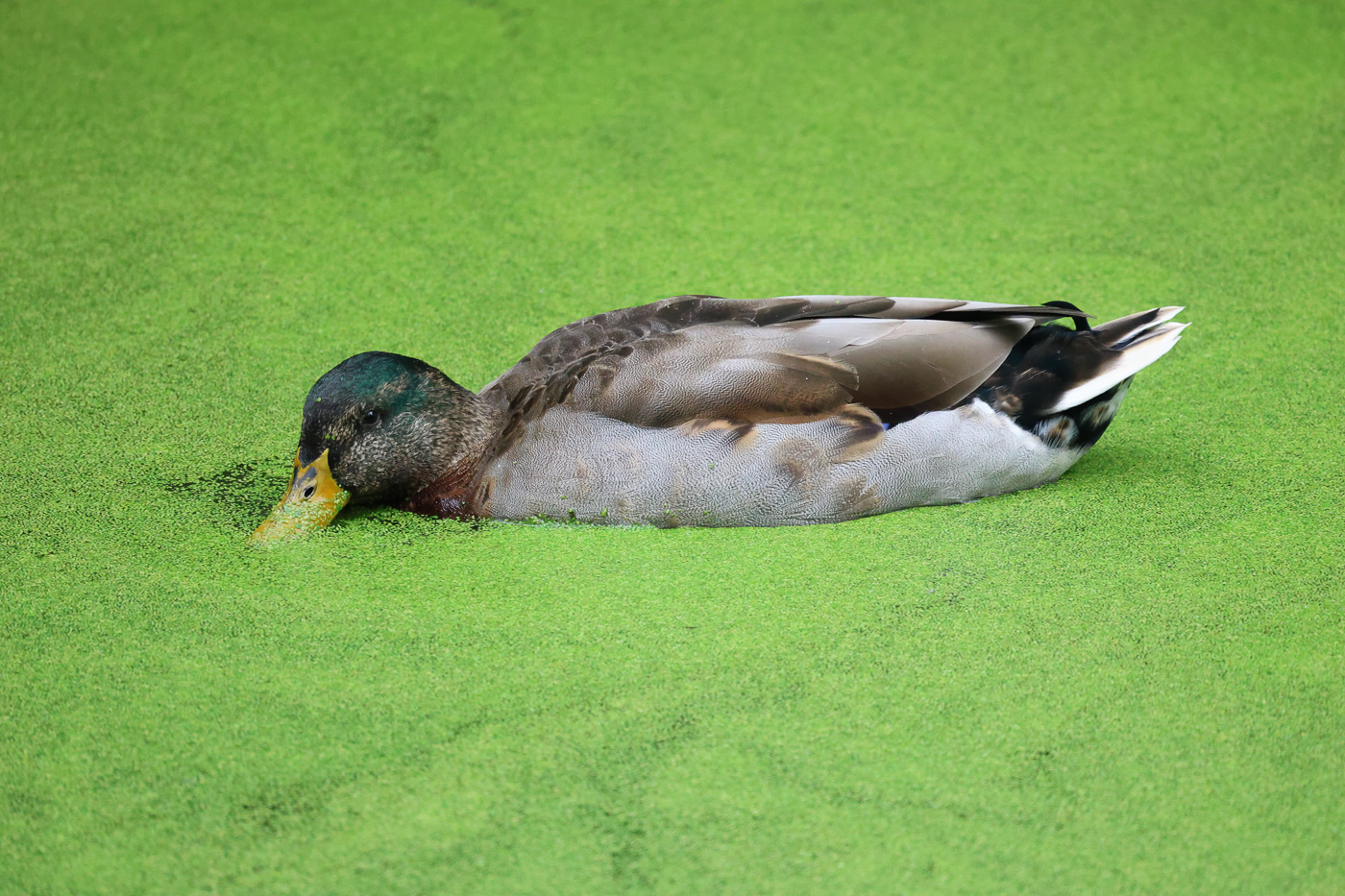
Canon EOS R6 II and RF 600mm F11 Lens. Camera settings: 1/640 sec. f/11 ISO 12800
There are of course many other features available for photographers, however these give you an idea of the camera’s main capabilities, with a robust combination of AF, fast bursting and image stabilisation.
R6 Mark II body and ergonomics for photography
Canon has ensured that the R6 mark II body matches its stills capabilities with features for both indoors, and photography in the great outdoors. The body feels solid with a suitably deep grip, while the controls will be familiar to previous generation users, as well as being intuitive for newcomers.
The most pertinent body features, which I made use of included:
- 0.5-inch OLED colour EVF (3.69 Million dots) @60fps and 120fps / 100% coverage with 0.76x magnification
- 3.0” Clear View LCD II with approximately 1.62 million dots, full touch menu control, touch and drag AF
- Quick menu button
- Three main dials (all customisable)
- Dual SD cards (UHS-II)
- CIPA-rated 580 shots from the Battery Pack LP-E6NH
- Charging over USB
- Weather sealed construction
- Multi-function accessory shoe
- Weighs 670g with card and battery

100% crop from the previous image, ISO 12,800!
Menu and camera control
Canon’s EOS R6 II menu is easy to navigate and supported by the EVF and the touchscreen LCD. The latter can be used for changing settings, engaging tracking and triggering the shutter. If you are a beginner or shoot in Auto the camera allows you to adjust some settings to customise results, while advanced photographers gain the ability to fine-tune everything from AF tracking to WB and everything else.
The Quick Menu lets you select and adjust commonly used settings without entering the full menu system, and includes everything needed for most shooting situations. If you work at a fast pace the R6 II offers customisation to suit your own workflow through various buttons on the body and most RF lenses also have customisable buttons. When using the EVF you can dial in common settings without taking your eye off the viewfinder, which is one of the benefits of a camera of this calibre.
Although typically reserved for pro bodies, there’s a dedicated image Rate button, enabling you to rate individual shots, which can be subsequently selected and shared over fast WiFi (802.11b/g/n) and updated Bluetooth. A dedicated professional menu with FTP settings is also available, making it easier for pros working on tight deadlines to adjust settings, without impacting everyday creator’s use of the menu system.

Canon EOS R6 II and RF 600mm F11 Lens. Camera settings: 1/800 sec. f/11 ISO 2000
Canon R6 Mark II autofocus
The EOS R6 mark II includes the renowned Dual Pixel CMOS AF II system, which benefits from an updated algorithm for this model. In practice this means more accurate AF, which is stickier than previous generations and offers a blistering 0.05 seconds response time. The camera also recognises a greater variety of subjects, which include:
- Human (eyes. face, head, body)
- Animals (eyes. face, head, body) – Cats, Dogs, Horses, Birds
- Vehicles including Cars, Motorbikes, Trains, Aircraft (planes and helicopters)
- Auto detection, where the camera analyses the scene and choose the subject to track
While shooting I found AF to be very responsive and picked up the limited variety of subjects encountered very well. It found duck’s, cow’s and crow’s eyes and faces when in view, switching rapidly to the body of the bird or animal when the eye/face was not visible.
Auto subject detection is a valuable new feature for everyday shooting, especially when you're capturing a wide range of subjects quickly, and want the camera to adapt to various scenes. It's a convenient option for situations where you don't want to constantly adjust settings manually as you move from one subject to another.
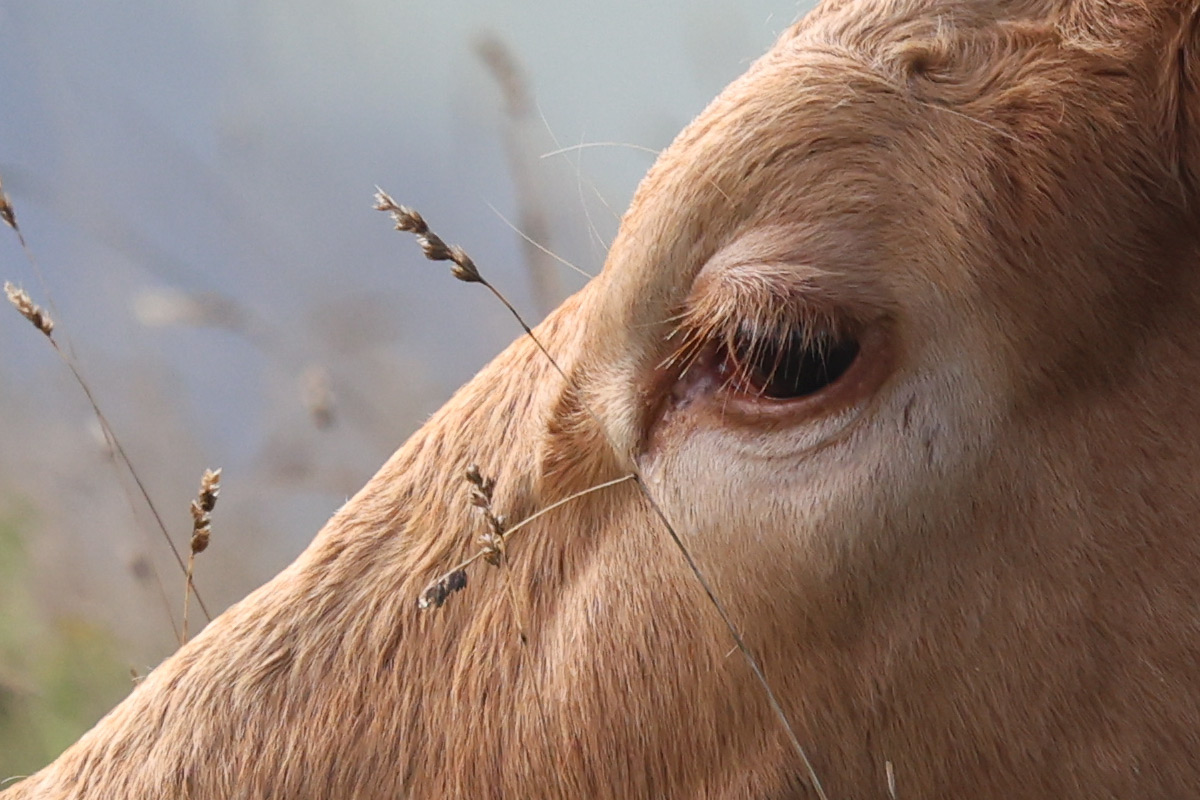
100% crop from previous image
On the other hand, selecting dedicated subjects can be more efficient when you have a specific type of subject in mind and want precise control over the camera's behaviour. This is often the case in specialised photography, including wildlife, portraits or sports photography, where you want to optimise settings for a particular type of subject and capture it with the best results.
The choice between auto subject detection and manual subject selection will depend on the type of photography you're doing at the time, and your preference for control and automation. Having both options provides additional flexibility for photographers in different situations.
While I didn’t locate many faster moving subjects during my time with the camera, it did a great job of picking up those I did see. One aspect to note is that the EVF is not blackout-free like the EOR R3, so there is some delay when shooting with high-speed Servo modes.
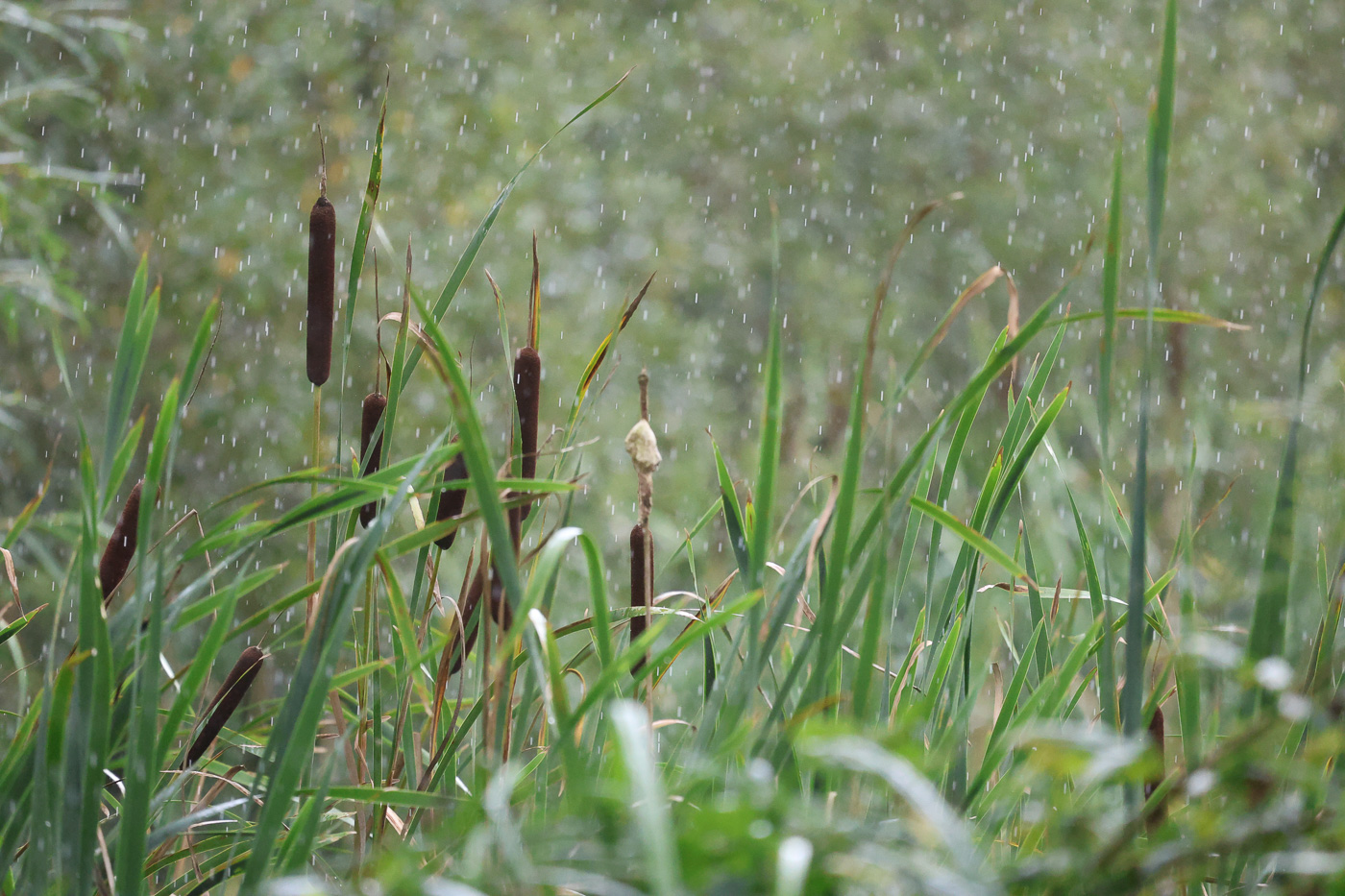
Canon EOS R6 II and RF 600mm F11 Lens. Camera settings: 1/800 sec. f/11 ISO 12800
R6 Mark II sample photos
All of the R6 Mark II sample image JPEGS were captured with the RF 600mm F11 IS STM prime lens, which is not the easiest focal width to use as a walk-around lens, as the minimum focus distance is 4.5m. However it’s a fantastic super telephoto for portability and reach, allowing me to capture images of distant subjects handheld, which would otherwise be impossible.
Having just completed a Canon R5 review using the same lens I would say that the image quality was similar, albeit resolution is lower in the R6 II. You lose some crop-ability, but 24MP is ample for most imaging applications, especially if you share your work digitally on the whole. Colours are consistent with Canon’s pleasing science, with results which require little or no editing to realise accurate results.
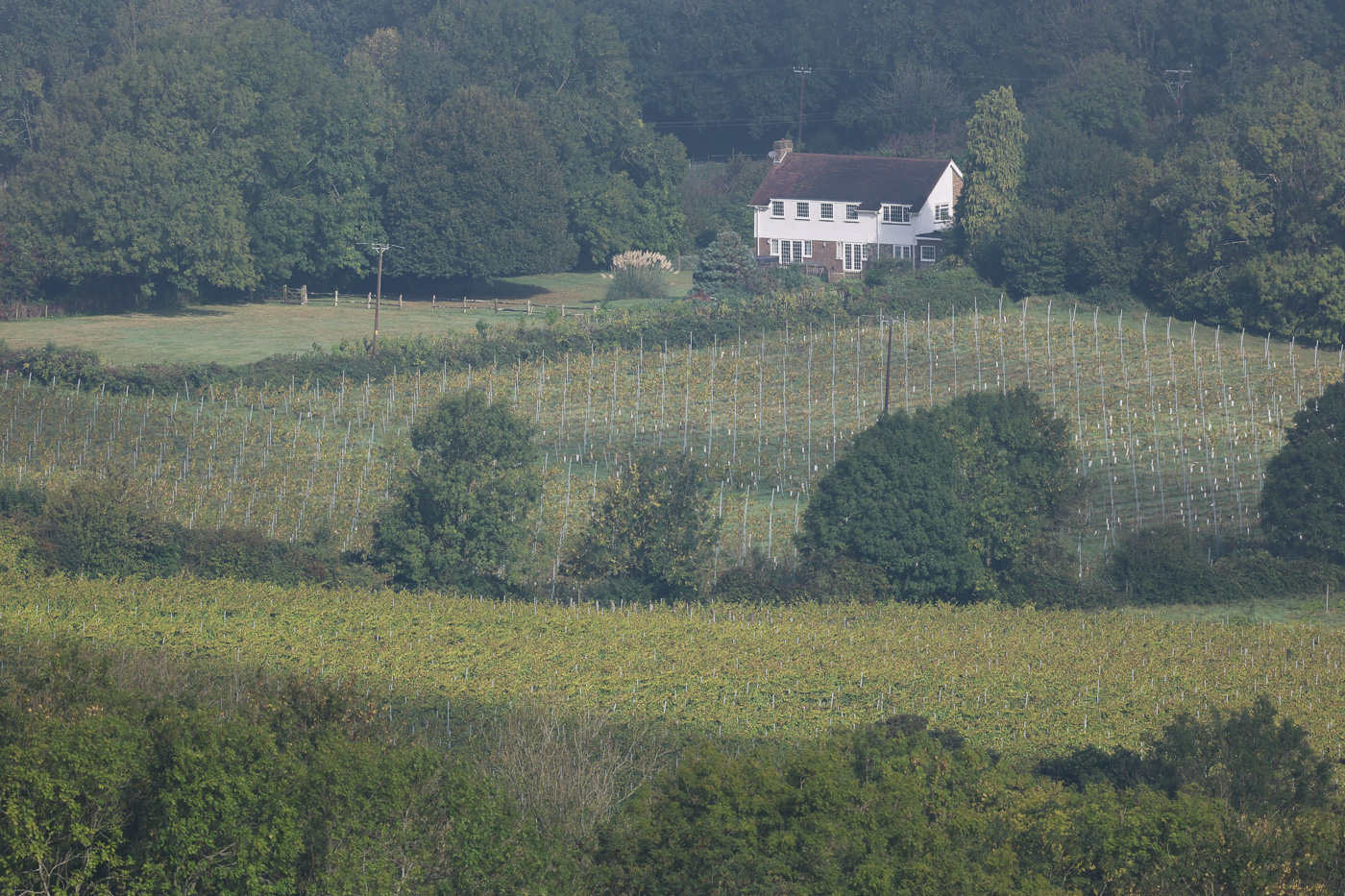
Canon EOS R6 II and RF 600mm F11 Lens. Camera settings: 1/400 sec. f/11 ISO 640
Canon EOS R6 Mark II stabilisation
The EOS R system is a great solution to those who frequently shoot handheld and the R6 II’s 5-Axis sensor shift system is amongst the most effective at this level. It worked extremely well for the duration, supporting the 600mm focal width without breaking a sweat.
Most of the sample photos here were made at around 1/800 second, but I did manage perfectly sharp results at 1/200 and slower while using the 600mm super telephoto lens. When shooting in Auto ISO you can select the minimum shutter speed, reducing the chance of camera shake with an adequate shutter speed.
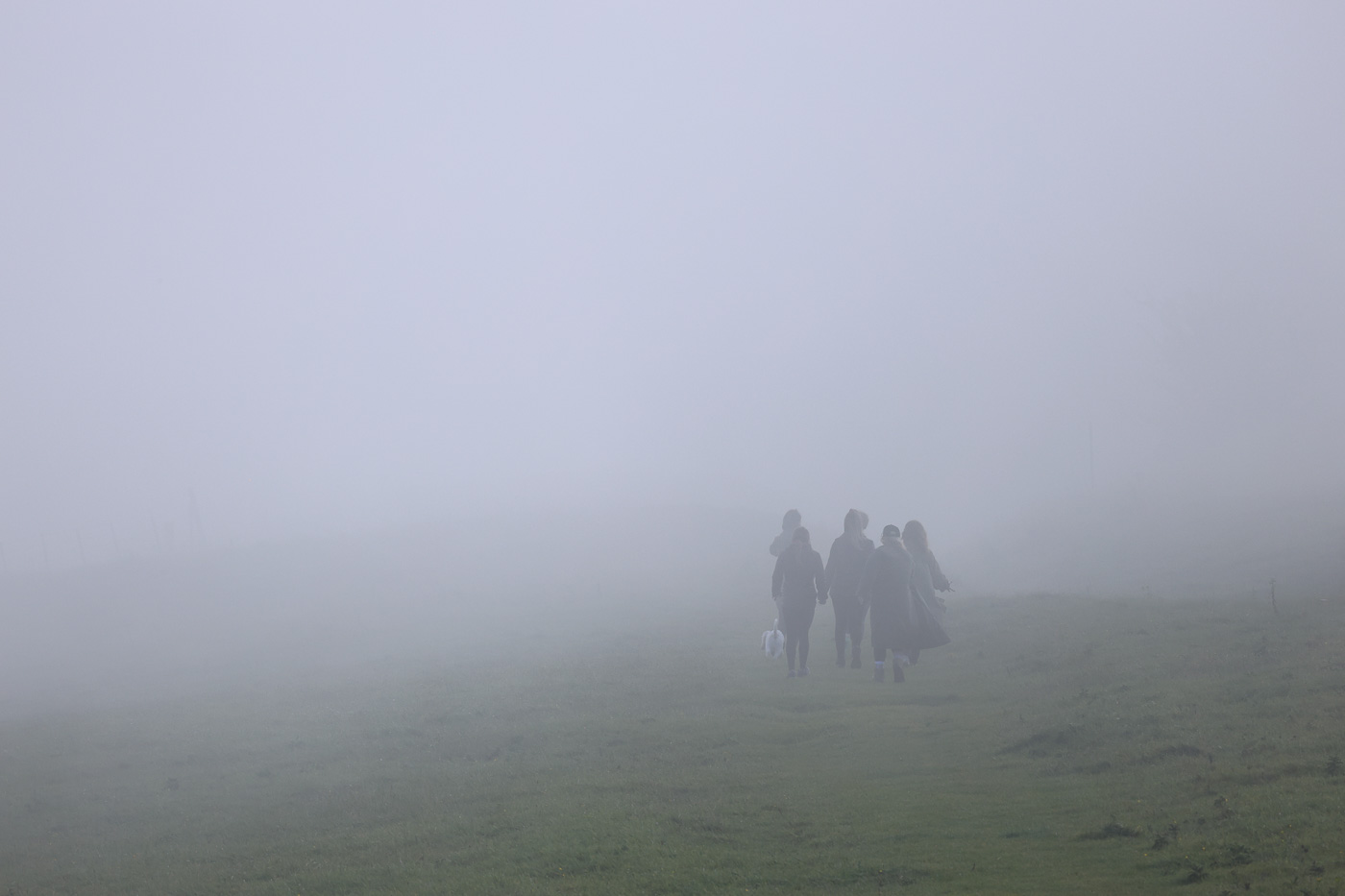
Canon EOS R6 II and RF 600mm F11 Lens. Camera settings: 1/800 sec. f/11 ISO 640
Who is the Canon R6 Mark II for?
The R6 Mark II is a hybrid camera, and although I was only shooting stills it is capable of professional level video recording. For stills photography the R6 II is also a great all-rounder, which is capable of capturing extremely high-speed images, offers excellent AI-driven AF and includes class-leading stabilisation.
Its low light and high-speed prowess makes it an effective choice for not only sports and wildlife type subjects, but for wedding and events photographers who often work in dimly lit venues. If you shoot landscapes or subjects which require higher resolutions the EOS R5 may be the better option, however that is priced significantly higher at £4,299.00 vs £1,999.00.
Body ergonomics and the Canon menu are easy to navigate, while the LCD and EVF are suitably bright for any photography purpose. If you’re looking for a mid range body to capture your story look no further, as the R6 mark II will help you elevate your content across a variety of subjects.
Shop for your brand new Canon EOS R6 mark II today, or browse our range of used Canon cameras to find one with a six month warranty, although you have to be quick as this is a popular model!
Share this post:
By Nick Dautlich on 18/10/2023
Nick Dautlich
Senior Content Writer and Product Reviewer
Nick Dautlich is the Senior Content Writer and Product Reviewer at Park Cameras, with over 15 years of photography experience. A Sony Imaging Professional and expert reviewer, Nick has worked with major brands such as Canon, Sony and Nikon. His work is also featured on Vanguard World UK’s website, Capture Landscapes, and Shutter Evolve. Nick’s photography includes National Trust projects and magazine covers and he is passionate about landscapes and storytelling. Nick also enjoys hiking and teaching his children about nature. Learn more on his profile page.

Trade in your old equipment
Fast and easy trade in service ensures your old gear is collected efficiently and you are paid quickly! It's very simple to trade in your unwanted photography gear. Just head over to our dedicated Sell or Part Exchange page, fill out the details, and we'll get back to you with an offer for your old gear. Take the cash, or put it towards the cost of your new gear. It's up to you! Find out more
sign up to the newsletter
Keep up to date on the latest photography news, events and offers. Sign up now